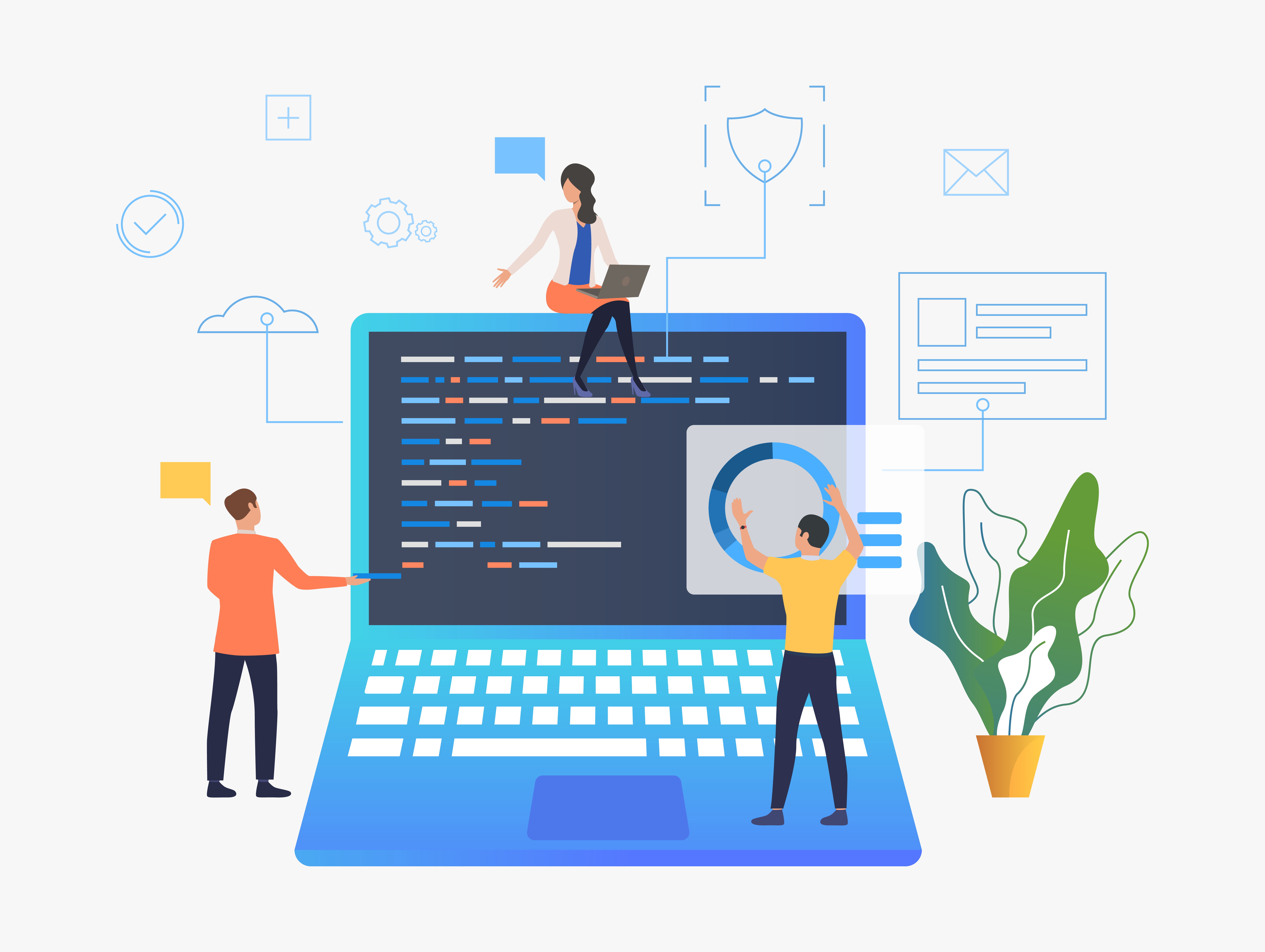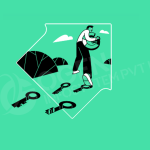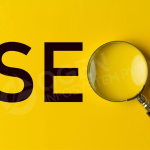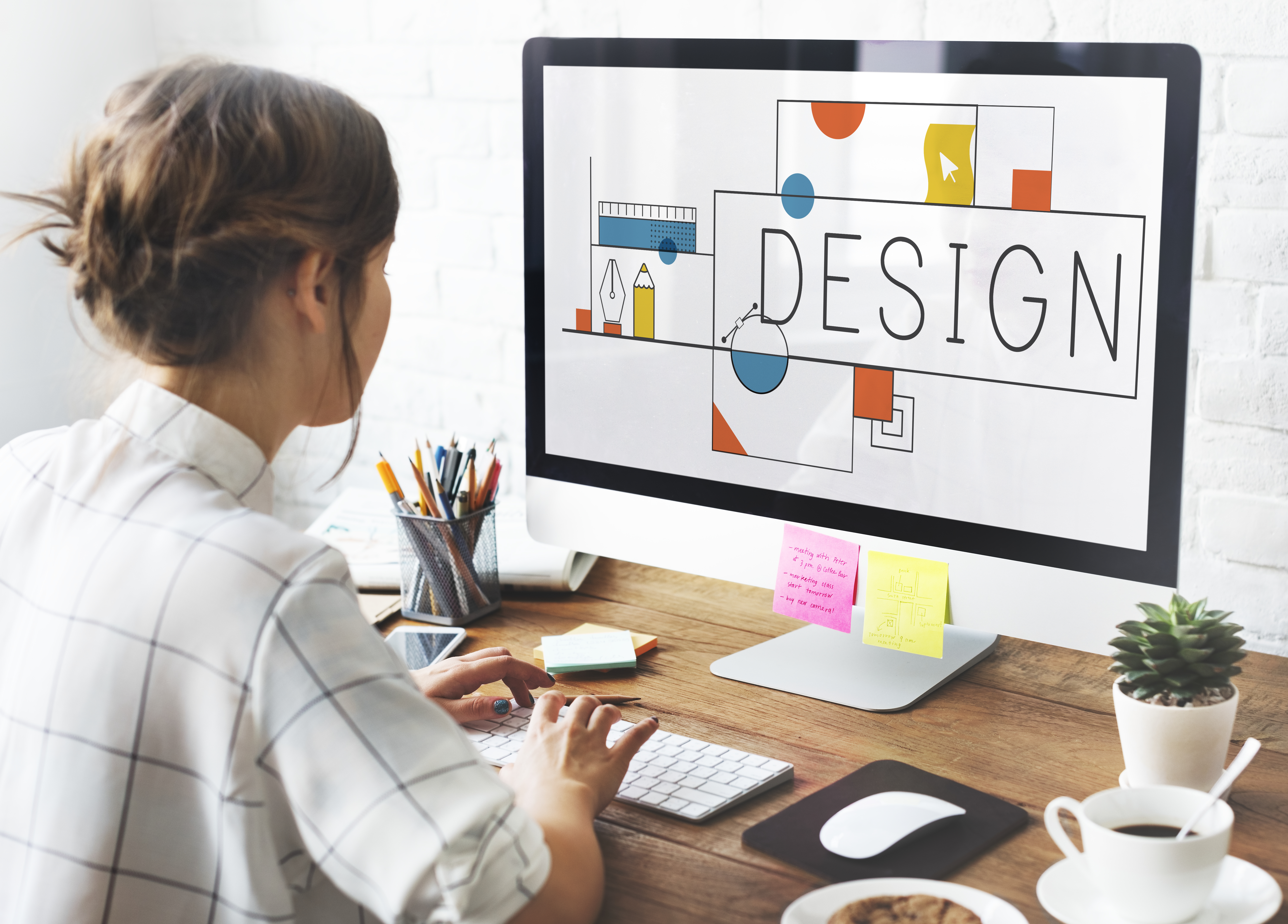
Do you remember when the months and years seemed to pass? By 2020, on the other hand, time seems to be slowing down, with things changing so much that one week may feel like ten years. So it takes a brave person to make any kind of prediction for the coming year. But we will try the same!
Our starting point is that there is one thing guaranteed by 2021: the epidemic will continue to exist with us in some way. With that in mind, here are our predictions of how the new standard no longer will affect and shape web development by 2021.
- Better e-commerce UX
Once upon a time, digital services felt like an optional extra for physical retailers. But with more than half of the world facing some kind of closure by 2020, e-commerce has suddenly become the only game in the city. Businesses whose departments are closed by government decision have had to immediately remove their services online, and those who have failed to do so, or simply have not done well enough, have gone to the wall.
Recent data from IBM’s U.S. The Retail Index, for example, suggests that retail stores in the United States are expected to decline by more than 60 percent by the end of 2020, while e-commerce is expected to grow by about 20 percent. While this may be a shock to some, it actually only accelerates the existing trend: from physical to digital marketing. And there is definitely no going back: even in countries where things are back to normal, consumers who first learned to order online in 2020 now have a trend that they may stick to.
Clearly, by 2021, more and more people will be buying things online. And companies need to develop reliable, fast websites and apps, not to mention extra UX for consumers, or to leave the competition.
Building an e-commerce site, or want to upgrade an existing one? OGEN Infosystem is one of the best eCommerce website designing company.
- Calm design
From Covid-19 to systemic racism issues, 2020 has identified several sources of pressure to add to the existing ones. In a year when most of us have been able to keep up with the ever-changing laws and regulations, all of which affect our lives in big and small ways, web designers have done well to inject calmness and order into their websites.
This has by no means been a good year to suppress construction barriers in ways such as web Brutalism. Instead, websites with short microcopy, minimal design, cool colors, and hectares of relaxing white space have served as lights of peace in a noisy and noisy world. Encouraging examples of the trend can be seen on the co-operative sites Yuko Higuchi x Gucci, web agencies Hanzo and Canvas Creative, as well as designers Hoang Nguyen and Amanda Braga.
We fully expect this trend to continue and grow. Think about it: by 2021, even if the epidemic is down, the negative effects of the economy are likely to be felt throughout society, and we can only imagine what far-reaching effects it will have. In this context, a little silence on the web will not be a bad thing.
- Enhanced videoconferencing
It’s hard to imagine what the locks would have been like 10 years ago, before the wide availability (in the West, at least) of fast online and video videoconferencing applications. Happily, most of us trapped at home during the epidemic have been able to keep up with our colleagues and friends in this way.
Technology is not without limits, however, with everything from the wrong connection to ‘Zoombombing’ (where pranksters hijack uninvited meetings) making the first-person experience of videoconferencing much more difficult than needed. So it’s good that competition between the platforms has pushed for a major boom by 2020, including the launch of brand new services like the highly secure Vidicue.
A few weeks ago, Zoom announced that a Slack-like operation would come to its platform, Microsoft Teams released a number of new features to help large companies organize better online conferences, and Cisco started Webex classes, allowing teachers to set up online classes, edit visible office hours and conferences for parents and teachers.
We expect growing tensions between the two continents to be met with continued demand in 2021, even if the epidemic subsides. After all, most of us have enjoyed the meetings and conferences of 2020 (especially the need to spend less time and effort on the way to work, travel, and hotel stay). This means that even if society returns to normalcy, that is another practice that is likely, at least in part, to stick.
- Detailed dataviz
Who would have thought in 2019 that there would be such a popular demand for scientific data viewing? But as everyone struggles to get his head around how Covid-19 works, and the many effects it has on society, 2020 has been crying out for clear and easy-to-follow infographics. And dataviz designers everywhere have come up on the plate.
This presentation by the New York Times, for example, did a good job of showing how the epidemic was spreading, while Vox shared interesting charts about its economic impact, and Harvard Global Health Institute’s data visualization helped provide context for health care services. In the meantime, to set all that bad news in context, Pentagram has released a series of Happy Data visualizations, pointing to datapoints of good news such as an increase in the number of volunteers, the number of vaccines being produced worldwide, and a decrease in air pollution.
Whatever happens in 2021, we do not expect events to be peaceful and unpopular. And so it is not controversial to predict that the demand for data detection will continue to grow exponentially.
- Enhanced product photography
Shopping online is usually much easier and much easier than going from store to store. But there is a big problem when it comes to unusual things like clothes and furniture. The inability to see, touch and hear these products in real life makes it very difficult to decide whether to buy the right thing or not.
For this reason, we have been seeing a move in 2020 away from small thumbnail images to large and detailed product images on websites. Many also allow you to view in 3D, and rotate them 360 degrees. Good examples can be found on VanMoof’s new e-bikes site, designed by Resn; Put the pipes, built by Red Collar; and Apple’s AirPods Pro, built in-house. Some companies, appropriately, allow you to view their products in context. For example, Airbnb offers a immersive 3D tour of the property before you rent it, while IKEA uses the AR app to let you see what the sofa will look like in your room.
As we continue to spend more time at home and shop online in 2021, we expect to see many new things in this area. That said, you do not need to be an expert in technology to help consumers feel about your products on your website. Just take a picture of your product next to someone’s hand, for example, you can do wonders by giving customers an idea of what it really is.
Your website can be the main point of your business, with quality web development using upgraded technology get ahead of others in your market. Every business is unique and needs a unique function for their website, let’s discuss your requirement with our team and get the best solutions to grow your business online.
OGEN Infosystem is the Best Web Development Company focusing on creating a unique brand style for your business and make you stand out among your competitors.
Need Help?
For any issues you can send us an email at store@ogeninfo.com also let us know if you want to discuss your WordPress project, you can ping us anytime at ogeninfosystem@gmail.com














